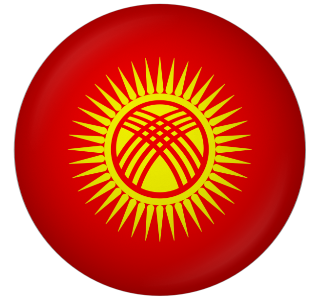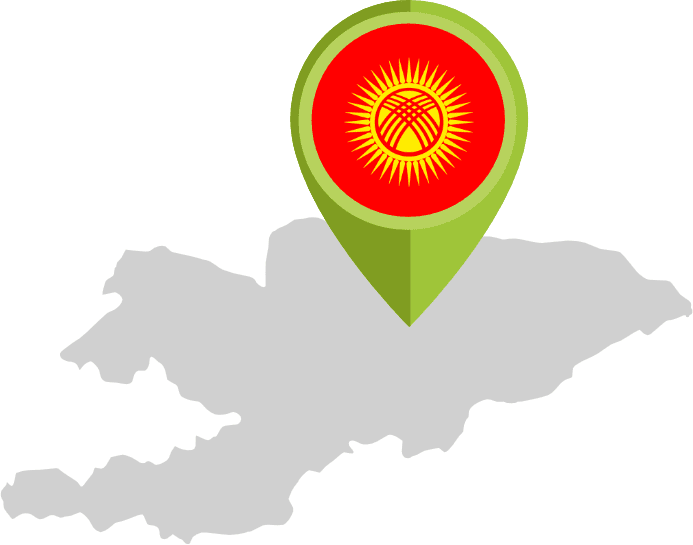In Kyrgyzstan’s past, there have been many cultures and empires. Kyrgyzstan is geographically isolated because it is mostly mountainous, but it has been a hub for many great cultures as a part of the Silk Road and other Many different tribes and clans have inhabited Kyrgyzstan, but larger groups, such as the Turkic nomads, whose ancestors came from many Turkic states, have also ruled it. Its first government was the Yenisei Kyrgyz Khaganate.
In 1876, Kyrgyzstan became a part of the Russian Empire. In 1936, the Kirghiz Soviet Socialist Republic became a member republic of the Soviet Union. Mikhail Go Mikhail Gorbachev made changes to the USSR to make it more democratic, leading to the election of pro-independence candidate Askar Akayev as president in 1990. On August 31, 1991, Kyrgyzstan declared its independence from the USSR and established a democratic government. After the Soviet Union fell in 1991, Kyrgyzstan became a truly independent country.
Kyrgyzstan was officially a unitary presidential republic when it gained its independence. Following the Tulip Revolution, Kyrgyzstan transitioned to a unitary parliamentary republic, gradually introducing an executive president and operating as a semi-presidential republic before returning to a presidential system in 2021. Throughout its history, the country has had racial tensions, uprisings, economic problems, temporary governments, and political conflict.
Kyrgyzstan is a part of the United Nations, the Organization for Islamic Cooperation, the CIS, the Commonwealth of Independent States, the Eurasian Economic Union, and the Shanghai Cooperation Organization. It is also a member of the Organization of Turkic States and the Turkish community. It is a growing country, ranking 118 on the Human Development Index. After Tajikistan, it is the second poorest country in Central Asia. Gold, coal, and uranium deposits are very important to the country’s economy, which is still changing.



